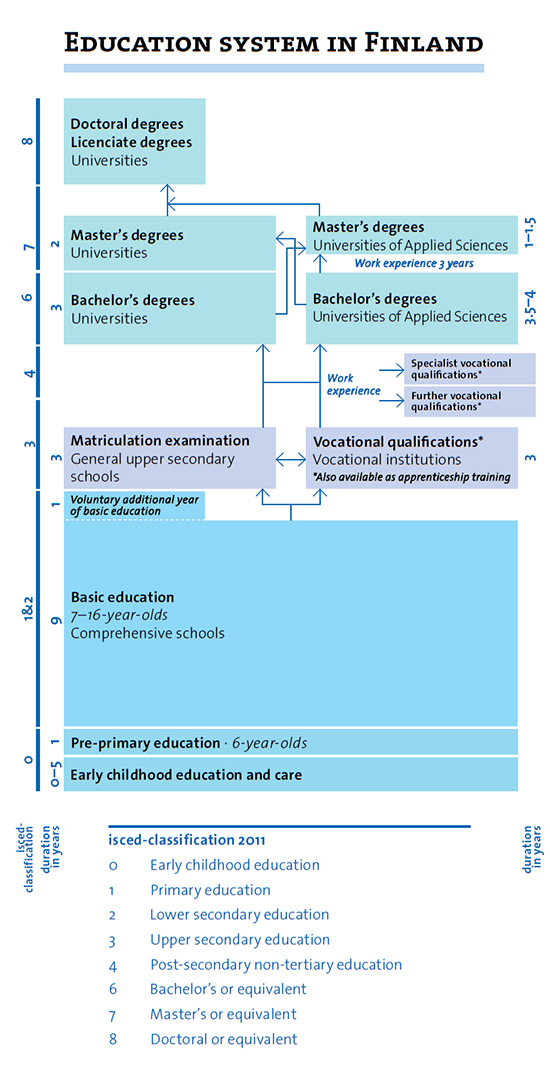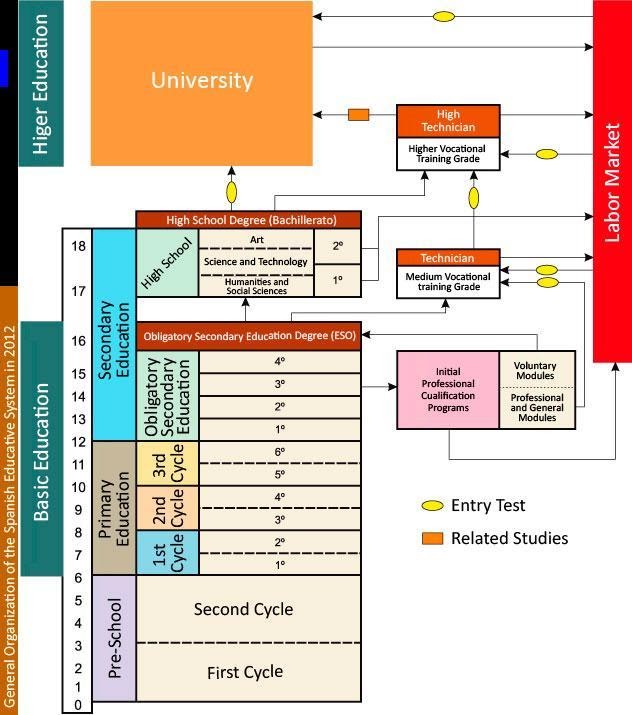O1 – Curricula Analysis
The analysis of different curricula in different subjects of primary and secondary education aims at checking (1) where modeling is already integrated and (2) in which subjects and contexts an integration of modeling is possible and useful. The review of the analysis will show where, in which situation and contexts, for which purposes, activities, tasks and competencies etc. different modeling techniques may be used by teachers without computer science background in their subjects. It will give an overview of key competencies, activities topics etc. that are related to or may be connected to modeling and computational thinking. The result of this analysis will be a table that lists the detected key competences and topics in different curricula and appropriate diagram types that may help to train them. This table then serves as the basis of intellectual output O2.
To sum up, the tasks of intellectual output 1 can be divided into two major fields: descriptive curricula analysis and analysis of key competencies. In the first period of intellectual output 1, a detailed curriculum analysis has been conducted by all partners. The aim was to find out whether modeling is already integrated into various subjects and also school types. Then, the task of all partners was to determine key competencies which are part of all subjects and to find out where modeling can be an effective tool. The following chapters are divided into two main sections, (1) the descriptive analysis, and (2) the analysis of key competencies. Besides the descriptive analysis, an overview of the partner countries’ education system is also provided in section 1. This should help to get a deeper understanding of the different systems. Section 2 starts with the European Framework of Competences and is followed by the current situation of each of the countries. A final summary and outlook conclude the report.
Descriptive Curricula Analysis
Austrian Education System. In comparison to many other countries, Austria has numerous school types in its educational system: after Kindergarten, children with the age of six can attend pre- and primary school (grade 1-4). Primary school is then followed by the new secondary school or the lower grade of academic secondary school (grade 5-8). After primary and secondary 1 level, students have a variety of schools to choose from. On the one hand, there is the possibility to attend the upper grade of a secondary school. On the other hand, students can choose from a variety of vocational schools, which focus on the training of vocations in different fields such as business, tourism or technical vocations. Besides these main areas, there are even more types of schools that can be attended. The illustration below demonstrates the Austrian educational system and its school types and should help to get a deeper understanding of the Austrian educational system.

Each curriculum consists of a few hundred pages and especially vocational schools have so many different types that it was soon clear, that restrictions had to be made in order to keep the curricula analysis manageable. Therefore, we decided to take the curricula of our partner schools, which cover all school levels and types, as a basis for our analysis. In the table below, the school types of our current partner schools are listed:

Finnish Education System
The first stage in the Finnish Education System is early childhood education and care (ages 0-5), which is followed by pre-primary education (age 6) as can be seen in Figure 14. Basic education is the focus of this curriculum analysis and therefore most of the text focuses on basic education. Basic education or Comprehensive school in Finland expands from years 7 to 16 and this ends the compulsory basic education offered in Finland. There is also an option for taking a voluntary additional year of basic education after the completion of the mandatory basic education. There are two levels of basic education: primary (grades 1-6) and secondary (7-9). In primary education grades 1-2 may be taught separate from grades 3-6, meaning that pupils are taught by different teachers or even in separate schools in these grade levels. However, in many schools pupils may be primarily taught by the same teachers in grades 1-6 and only change groups, when moving to secondary school. In all basic education level same core subjects are covered and new subjects are added at grades 3 and 7. The beginning of second national language and foreign languages have been in the past years changed, so pupils will be beginning to learn at least language other than their mother tongue already in grade 1. In the Finnish education system pupils learn at least three languages during basic education: mother tongue, second national language (Finnish or Swedish) and a foreign language.
Spanish Education System
The Spanish Education System adopted in 2006 the core competences provided by the European Union as elements of the curriculum and evaluation. Historically, two main laws have ruled the education system in Spain, these laws are: (1) LOE (Organic Law of Education) and (2) LOMCE-2013 (Organic Law for the Improvement of the Quality in Education). LOMCE is an amendment of the existing school reform LOE. LOMCE aims to follow and adheres to the European Union guidelines. A description of educational stages can be seen in Table 5, note that this table shows the common age range of students by level and we additionally provided a brief description of sub-levels by stage.
You can download the final report
FINAL_MaS_Report_Intellectual-Output-1

